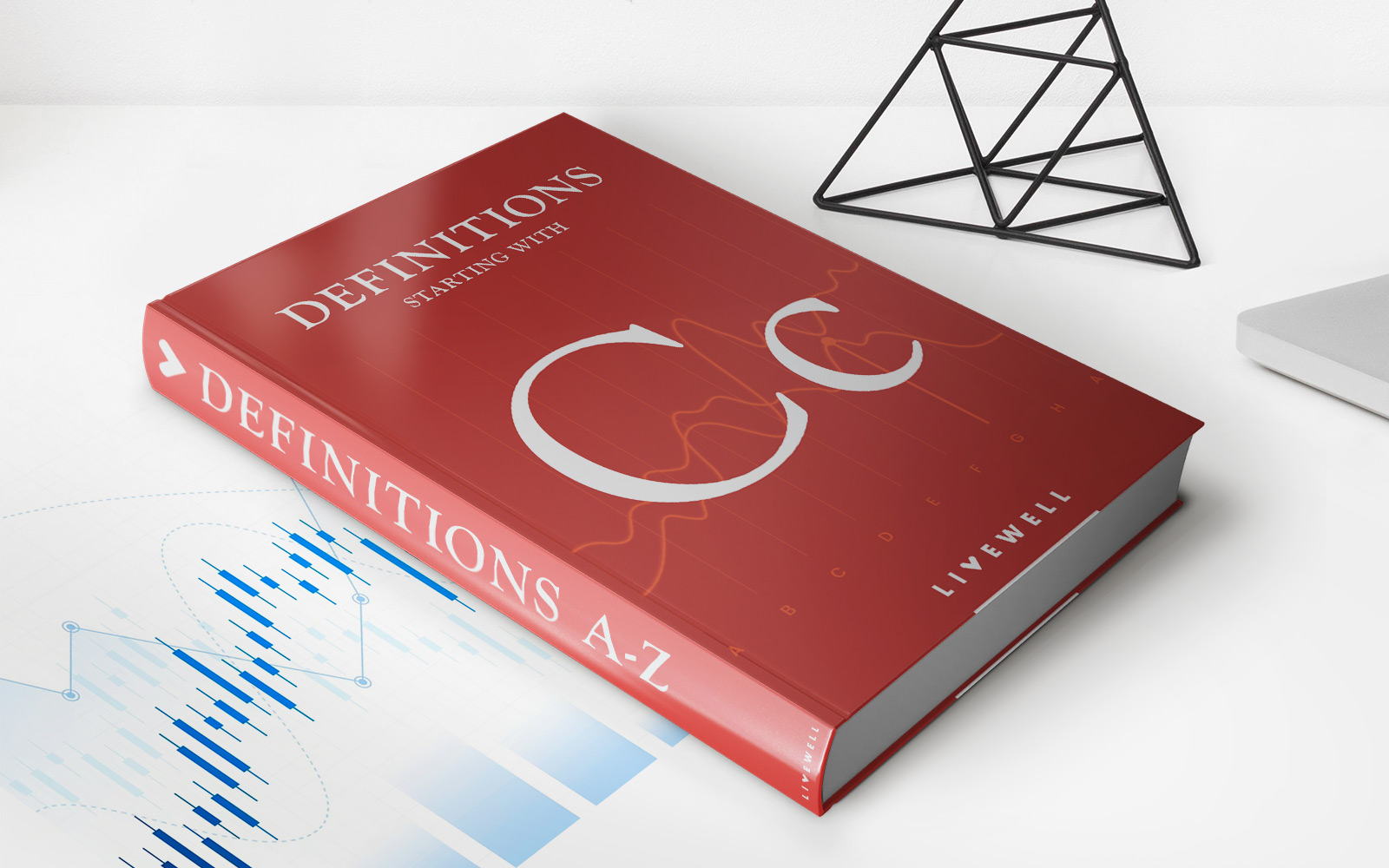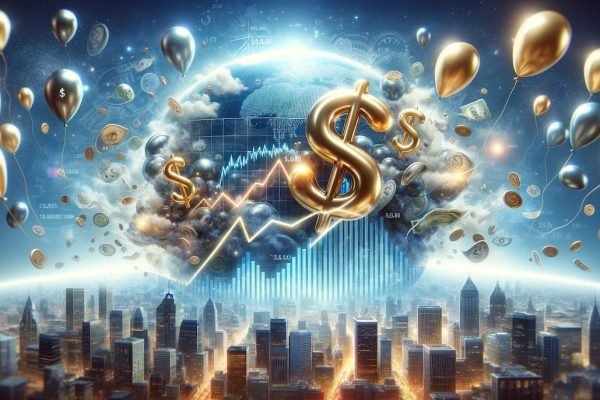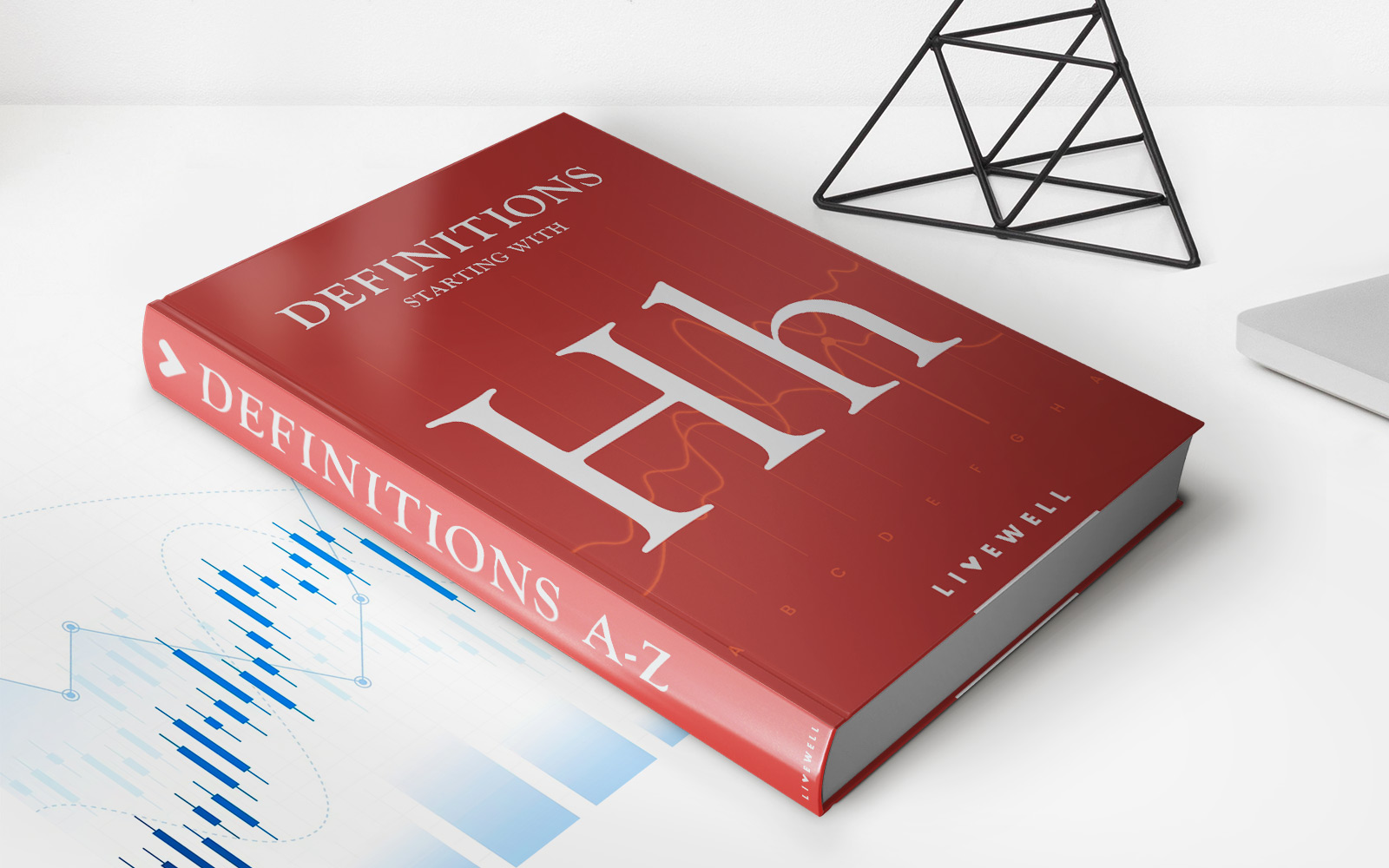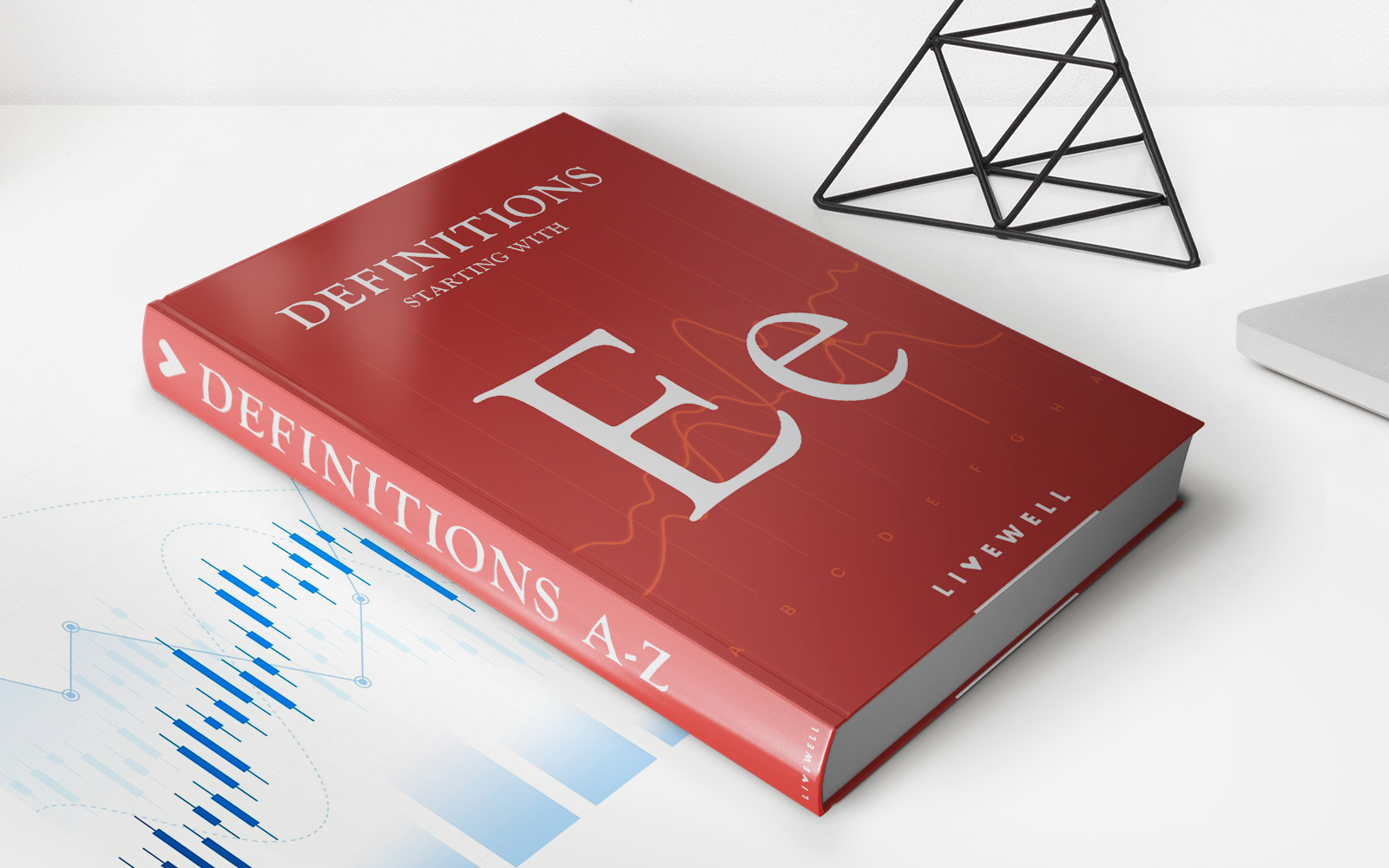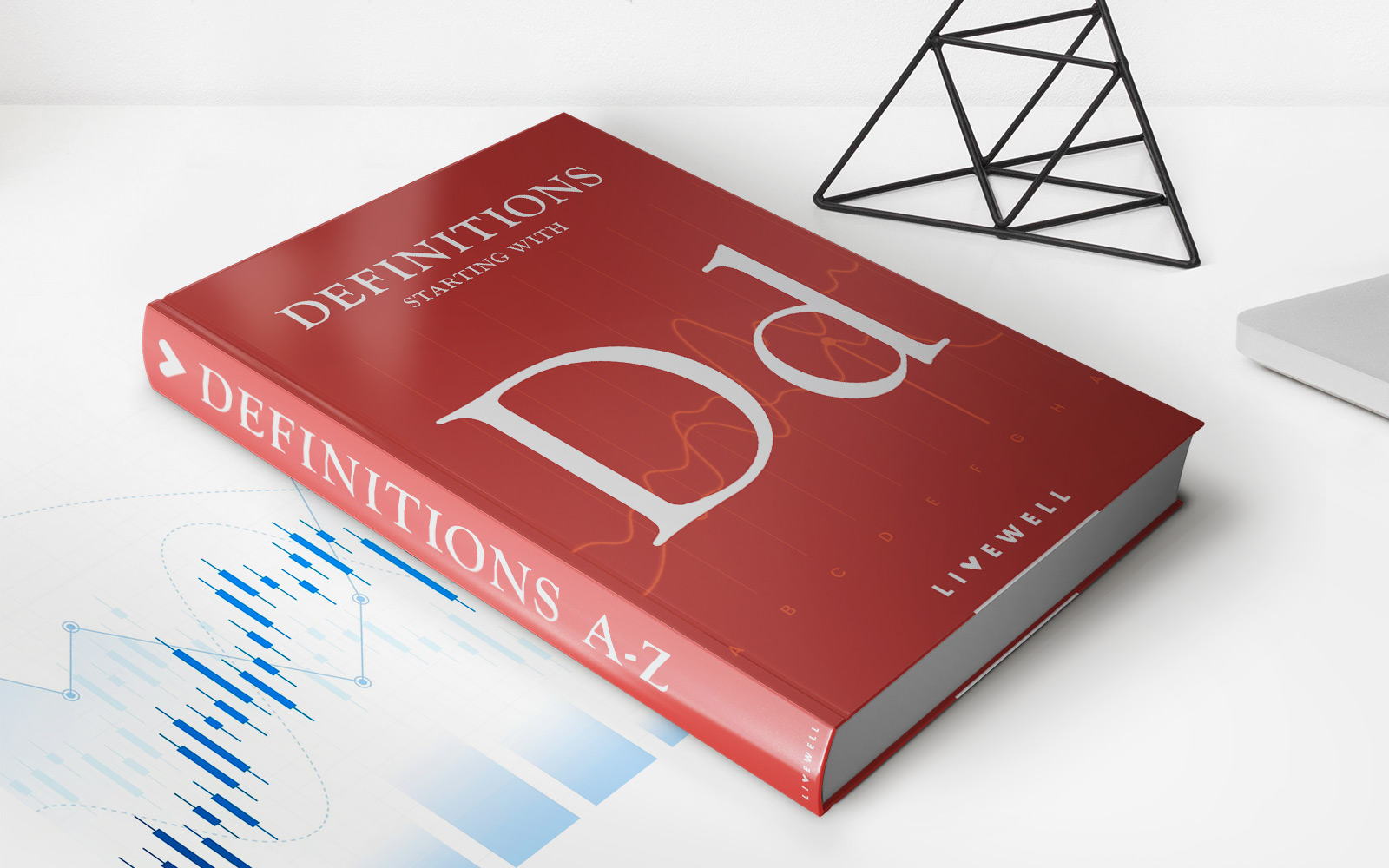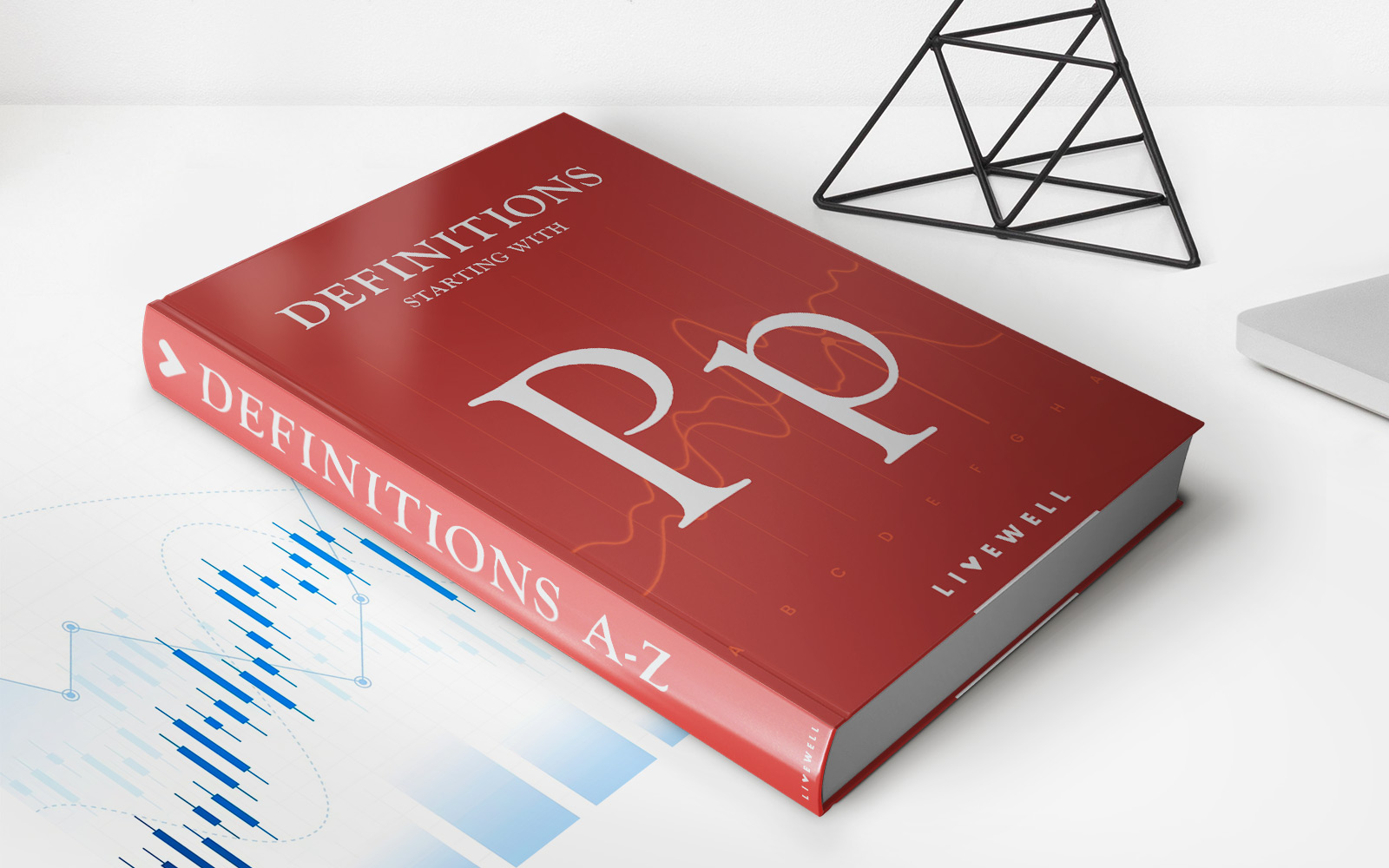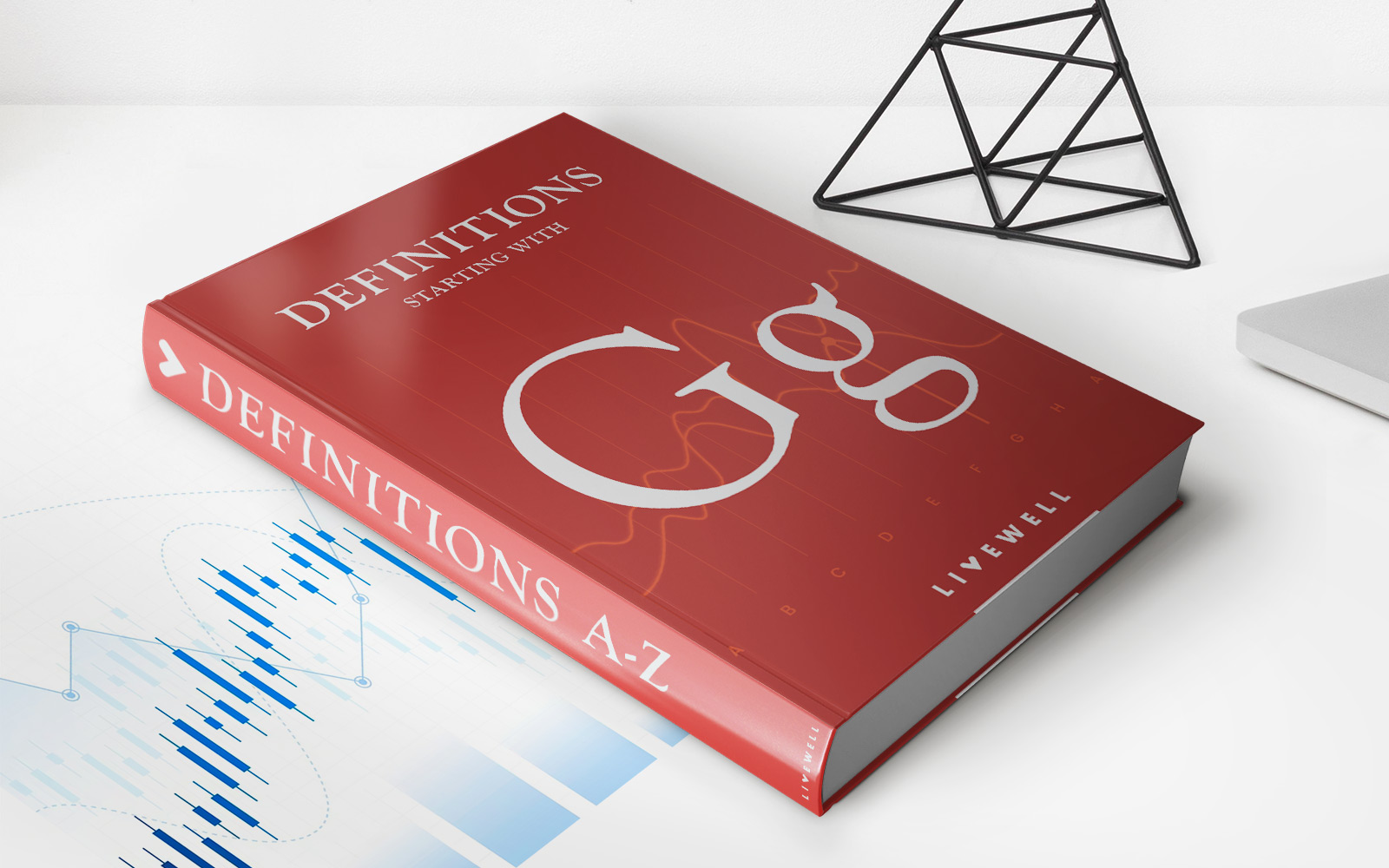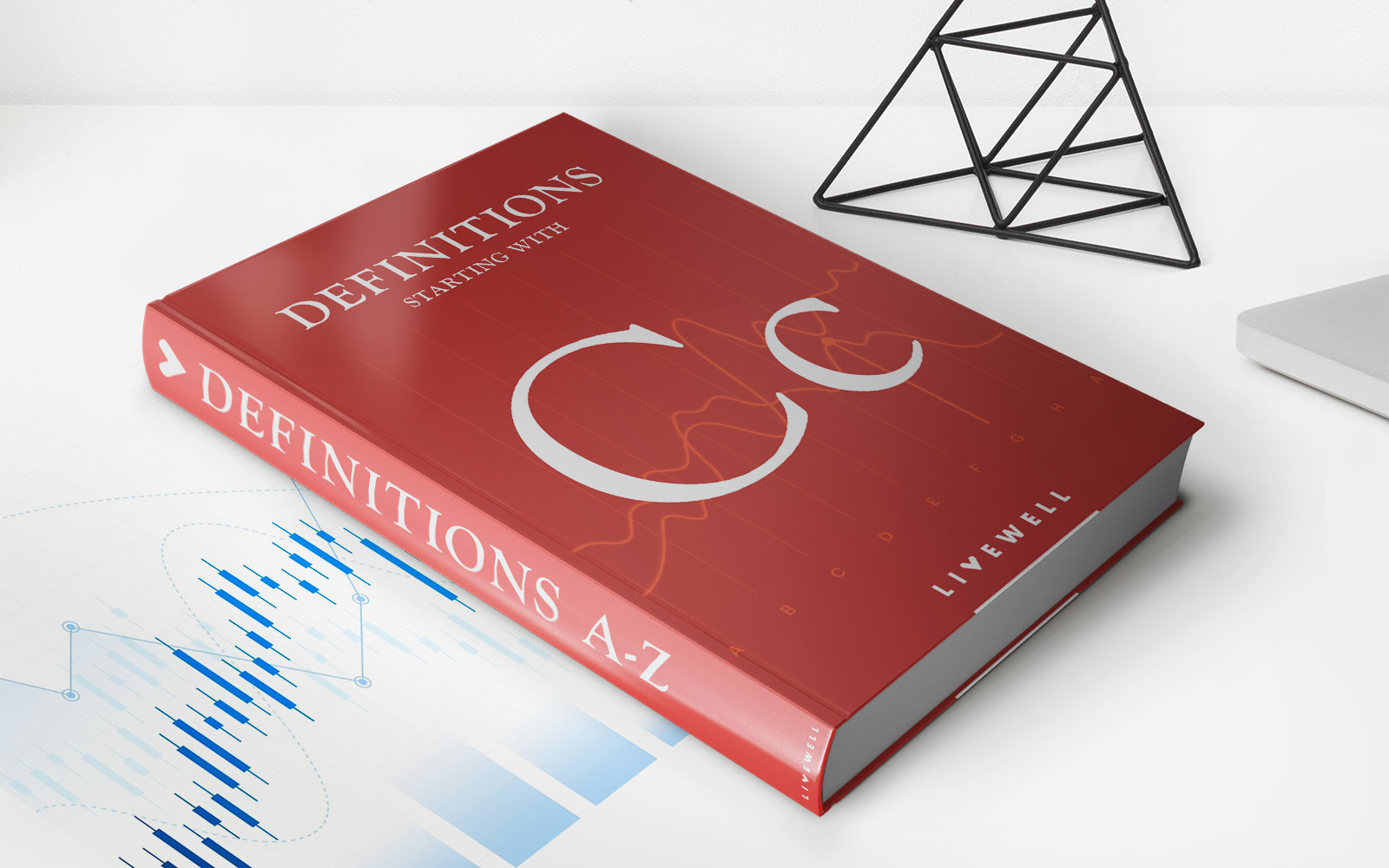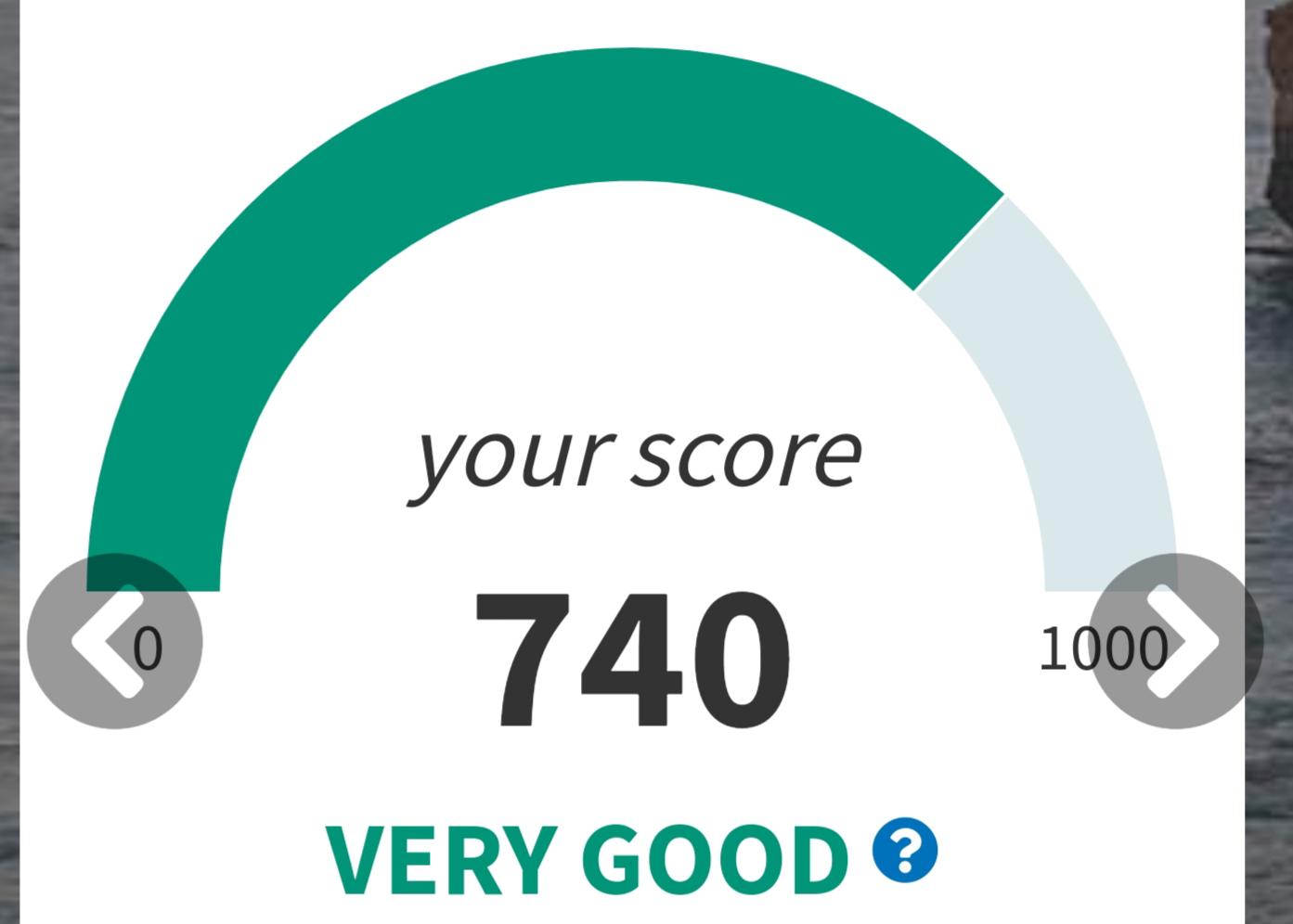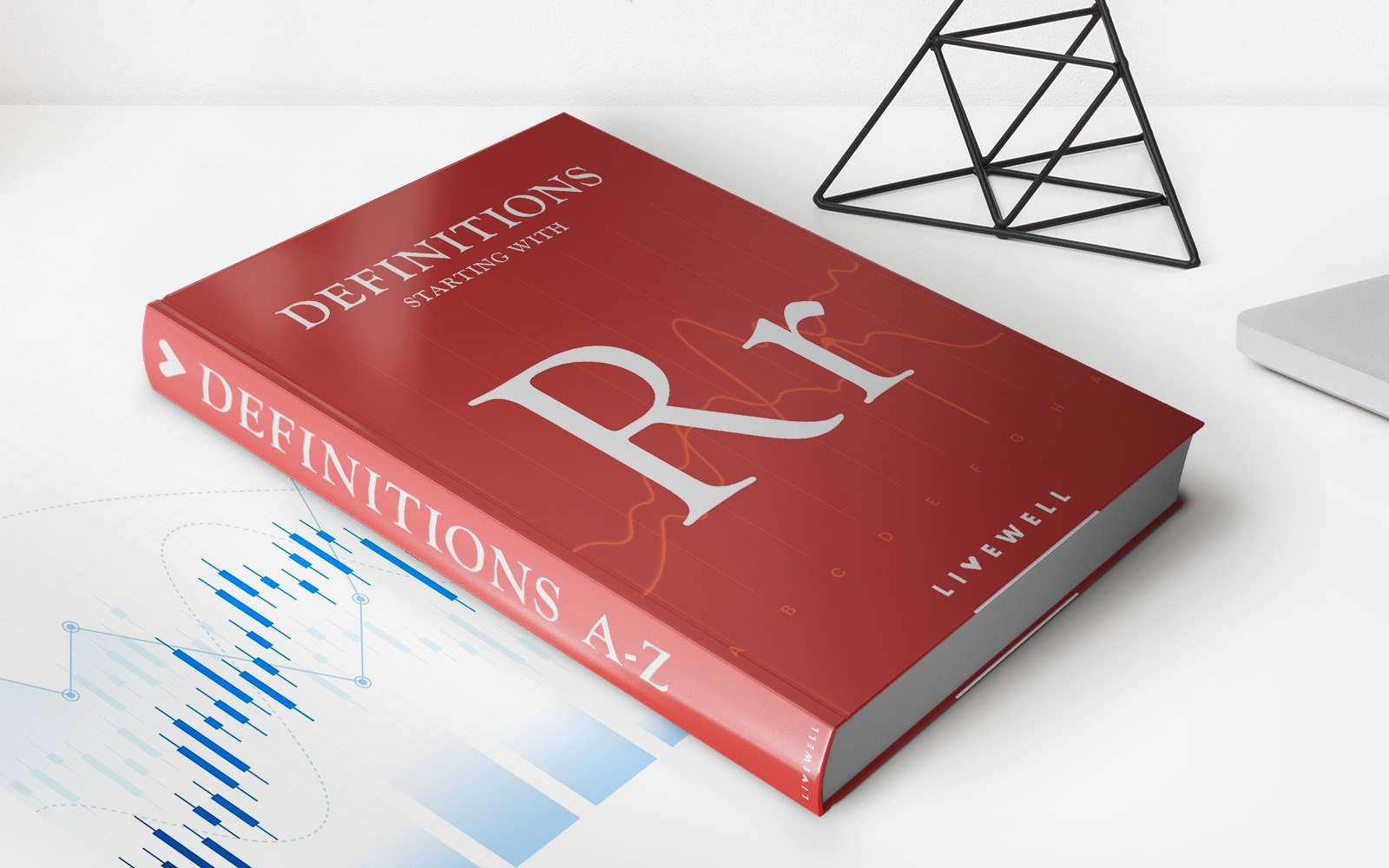Home>Finance>What Is A Steady-State Economy? Definition And How It Works
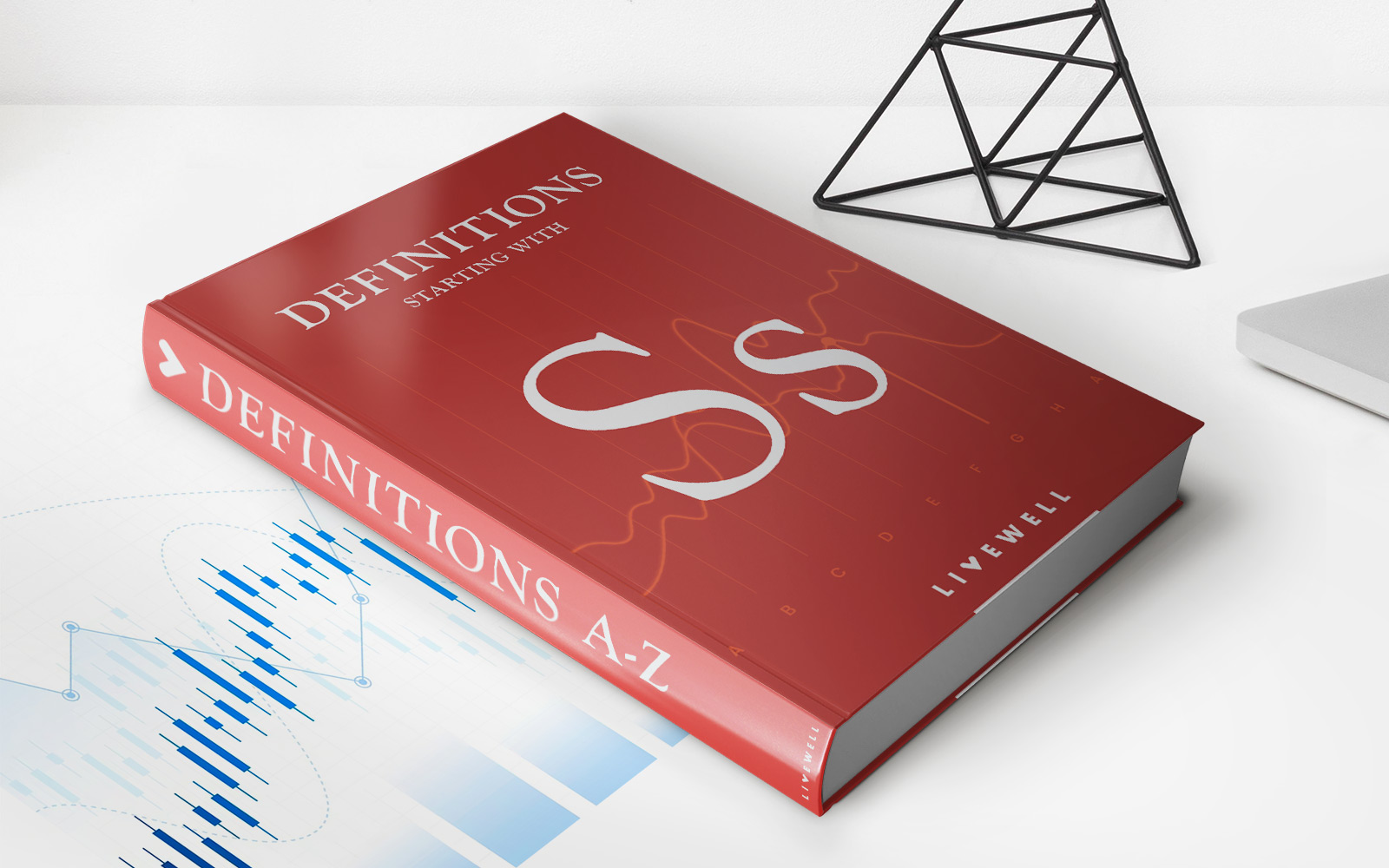

Finance
What Is A Steady-State Economy? Definition And How It Works
Published: February 2, 2024
Discover the definition and workings of a steady-state economy in the world of finance. Explore how this concept promotes sustainability and balanced growth.
(Many of the links in this article redirect to a specific reviewed product. Your purchase of these products through affiliate links helps to generate commission for LiveWell, at no extra cost. Learn more)
What Is a Steady-State Economy? Definition and How It Works
In today’s fast-paced world, where economic growth is often seen as the ultimate measure of success, a new concept is gaining traction – a steady-state economy. But what exactly is a steady-state economy? And how does it work? In this blog post, we’ll delve into the definition of a steady-state economy, explore its key principles, and discuss its potential benefits.
Key Takeaways:
- A steady-state economy aims to maintain a stable level of resource use and population in order to achieve long-term sustainability.
- It focuses on well-being, happiness, and ecological balance, rather than continuous economic growth.
At its core, a steady-state economy is an alternative economic system that prioritizes sustainability and ecological balance over relentless growth and consumption. Instead of striving for an ever-expanding economy, it seeks to keep resource consumption and population at a sustainable level, in harmony with the Earth’s carrying capacity.
A steady-state economy is guided by several key principles:
- Resource Efficiency: It advocates for the efficient and sustainable use of resources, reducing waste and the environmental impact of economic activities.
- Equitable Distribution: It promotes a more equitable distribution of wealth and resources, aiming to reduce inequality and ensure basic needs are met for all members of society.
- Stable Population: It recognizes the importance of stabilizing population growth to maintain a balance between the human population and available resources.
- Localized Production: It encourages localized production and consumption to reduce the carbon footprint associated with long-distance transportation and promote self-reliance.
- Regenerative Practices: It fosters regenerative practices in agriculture, forestry, and other industries to restore and enhance ecosystem services.
By adopting these principles, a steady-state economy aims to create a sustainable and resilient economic system that meets the needs of both present and future generations. It seeks to break away from the relentless pursuit of growth, which often comes at the cost of environmental degradation, social inequality, and the erosion of well-being.
While critics argue that a steady-state economy may hinder innovation and prosperity, proponents believe that it offers numerous benefits:
- Sustainability: By maintaining resource use and population at sustainable levels, a steady-state economy supports the long-term health of our planet and its ecosystems.
- Improved Well-being: Shifting the focus from material growth to overall well-being can lead to improved quality of life, reduced stress, and enhanced social cohesion.
- Reduced Inequality: A steady-state economy prioritizes equitable distribution, which can help address social disparities and reduce poverty.
- Resilience: By embracing localized production and regenerative practices, a steady-state economy can enhance community resilience and reduce dependence on fragile global supply chains.
As the concept of a steady-state economy gains recognition, it has the potential to reshape our understanding of progress and create a more sustainable future. It challenges the prevailing notion that economic growth is the key to prosperity and offers an alternative approach grounded in ecological wisdom and social equity.
So, while we strive for financial stability, it is equally important to consider the bigger picture – a steady-state economy that ensures a harmonious coexistence between humans and the planet we call home.
